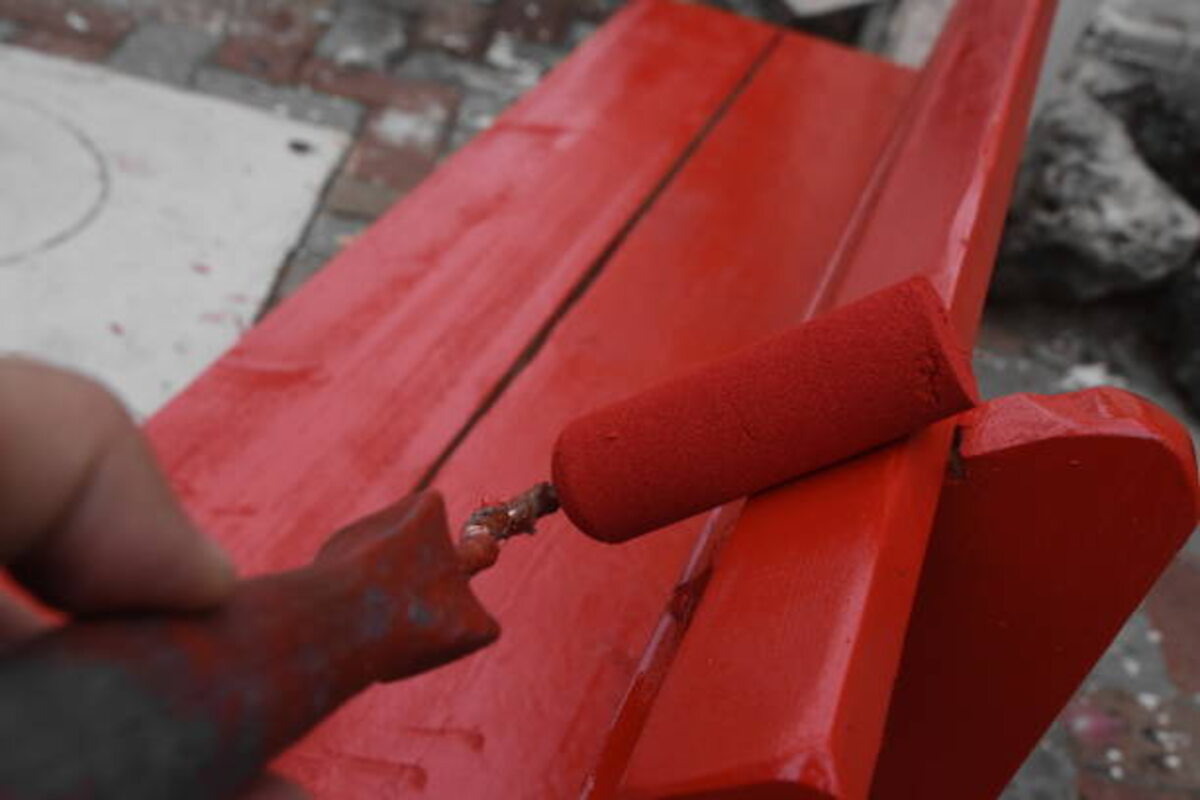Applications for Fire Retardant Paint Products


Fire retardant paint products play a crucial role in enhancing the safety of buildings and structures by slowing the spread of fire and reducing its intensity. These paints are specially formulated to protect surfaces and minimize damage in the event of a fire, providing valuable time for evacuation and firefighting efforts. In this article, we delve into the different types of fire retardant paints available in the market, their unique properties, and how they are applied to various surfaces.
Types of Fire Retardant Paint Products
1. Intumescent Coatings
Intumescent coatings are one of the most popular types of fire retardant paints. These paints expand significantly when exposed to high temperatures, forming a thick, insulating char layer. This layer helps to insulate the substrate from heat, delaying the spread of fire and protecting the structural integrity of the material.
Key Features:
- Reacts to heat by swelling and forming a protective barrier.
- Effective for both steel and timber structures.
- Provides a decorative finish, available in various colors and sheens.
Applications:
- Steel Structures: Intumescent paints are commonly used on steel beams, columns, and other load-bearing elements to prevent structural failure during a fire. The insulating layer reduces the rate at which steel heats up, maintaining its strength for a longer duration.
- Timber Surfaces: These coatings are also suitable for wood, helping to protect it from rapid combustion.
2. Fire-Retardant Coatings
Unlike intumescent paints, fire-retardant coatings do not expand when exposed to heat. Instead, they release fire-suppressing chemicals to reduce the spread of flames. These coatings are particularly effective at reducing flammability and surface spread of flame.
Key Features:
- Slows the ignition and spread of fire.
- Ideal for surfaces that require minimal aesthetic alteration.
- Available in both clear and pigmented finishes.
Applications:
- Interior Walls and Ceilings: Fire-retardant coatings are often applied to plasterboard, drywall, and other interior surfaces to comply with building regulations.
- Wooden Furniture and Fixtures: These coatings are used to protect doors, paneling,, and furniture, especially in public buildings such as schools, hospitals, and theatres.
Specialist Fire Retardant Paints
In addition to the primary categories, there are specialist fire retardant paints designed for specific environments and materials:
- High-Performance Industrial Coatings: These are engineered for heavy industrial use, such as in oil refineries and chemical plants, where fire hazards are significant.
- Marine-Grade Fire Retardant Paints: Designed for use on ships and offshore platforms, these paints provide both fire resistance and protection against harsh marine environments.
- Aerosol Fire Retardant Paints: Convenient for smaller applications or touch-ups, these sprays are ideal for protecting electrical panels, cables, and confined spaces.
Standards and Certifications
Fire retardant paints in Australia must adhere to rigorous standards to ensure their effectiveness and reliability. Some of the key Australian standards include:
- AS 1530.4: Covers methods for fire resistance tests of building elements.
- AS 3837: Specifies methods for testing fire hazard properties of materials.
- AS/NZS 1905.1: Pertains to components for fire-resistant door sets.
- National Construction Code (NCC): Requires compliance with fire safety performance standards for building materials and systems.
Products used in Australia are also often evaluated under international standards, but it is crucial to verify local compliance to meet the specific regulatory requirements in Australian states and territories.
How to Use Fire Retardant Paint
Proper application of fire retardant paint is critical to achieving its intended performance. The following steps outline the general process:
1. Surface Preparation
Before applying fire retardant paint, the surface must be clean, dry, and free from contaminants such as grease, dust, and rust. Depending on the material, additional preparation may be required:
- Steel: Remove rust and apply a suitable primer to enhance adhesion.
- Wood: Sand the surface to ensure smoothness and remove any loose particles.
- Plaster or Drywall: Repair any cracks or damage before painting.
2. Primer Application
For many fire retardant paints, especially intumescent coatings, a compatible primer is essential. The primer helps the paint adhere properly and provides an even surface for application.
3. Applying the Fire Retardant Paint
- Tools: Fire retardant paint can be applied using brushes, rollers, or spray equipment, depending on the size and complexity of the surface.
- Coats: Most products require multiple coats to achieve the desired level of protection. Follow the manufacturer’s instructions regarding drying times and thickness of each coat.
4. Final Inspection
After the paint has dried, it is important to inspect the surface to ensure uniform coverage and adherence to the recommended thickness. Some applications may require certification or testing to verify compliance.
Fire Retardant Paint Applications
Fire retardant paints are an essential component of modern fire safety strategies, offering an effective way to minimize fire risks and protect structures. However, it is critical to consider their limitations when planning their use. High-quality fire retardant paints can be more expensive than standard paints, and their proper application often requires specialist knowledge and equipment. For certain materials or situations, professional application may be necessary to ensure optimal performance. Furthermore, these paints may require regular maintenance and periodic reapplications to maintain their protective properties.
Despite these challenges, the advantages of fire retardant paints far outweigh the drawbacks. They significantly enhance safety by slowing the spread of fire and protecting structural elements, providing valuable time for evacuation and firefighting efforts. Their versatility allows them to be used on various materials, including wood, steel, plaster, and concrete, making them suitable for residential, commercial, and industrial purposes. Fire retardant paints are also available in a range of finishes and colors offering aesthetic flexibility alongside safety benefits.
By understanding the types of fire retardant paints, their applications, and the proper methods for their use, property owners and builders can make informed decisions to enhance fire safety. When paired with other fire safety measures, fire retardant paints are a valuable investment in safeguarding lives and property.
Read also: Top Furniture Stores in Fort Worth
Recent Posts
Title ; Kapsel Crypto: Transparency and Trust
take the image here anyone https://kapselcrypto.com/marketing/resources In a digital world where trust is hard to…
Top rated Tips for Successful CS2 Body Trading
Welcome to the exciting dominion of CS2 skin dealing! Whether you're a seasoned game addict…
Corrosion Protection Techniques for Steel Structures
Steel structures are integral to modern infrastructure, providing strength, durability, and versatility in applications ranging…
Structural Concrete Remediation in Sydney: An In-Depth Exploration
Structural concrete is a cornerstone material in the construction and infrastructure sectors, known for its…
Structural Concrete Remediation in Sydney: An In-Depth Exploration
Structural concrete is a cornerstone material in the construction and infrastructure sectors, known for its…
The Ultimate Guide to Hiring Grout Contractors in Sydney
Grouting serves as an indispensable component of any building project, ensuring stability, durability, and functionality…

